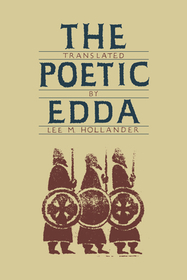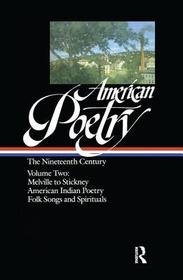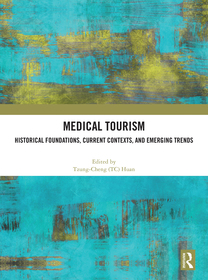
Cultural Heritage-Based Sustainable Tourism Approaches
Series: Advances in Science, Technology & Innovation;
- Publisher's listprice EUR 53.49
-
22 184 Ft (21 128 Ft + 5% VAT)
The price is estimated because at the time of ordering we do not know what conversion rates will apply to HUF / product currency when the book arrives. In case HUF is weaker, the price increases slightly, in case HUF is stronger, the price goes lower slightly.
- Discount 12% (cc. 2 662 Ft off)
- Discounted price 19 522 Ft (18 593 Ft + 5% VAT)
Subcribe now and take benefit of a favourable price.
Subscribe
22 184 Ft

Availability
Not yet published.
Why don't you give exact delivery time?
Delivery time is estimated on our previous experiences. We give estimations only, because we order from outside Hungary, and the delivery time mainly depends on how quickly the publisher supplies the book. Faster or slower deliveries both happen, but we do our best to supply as quickly as possible.
Product details:
- Publisher Springer Nature Switzerland
- Date of Publication 16 December 2025
- Number of Volumes 1 pieces, Book
- ISBN 9783031932748
- Binding Hardback
- No. of pages227 pages
- Size 279x210 mm
- Language English
- Illustrations XVI, 227 p. 95 illus., 89 illus. in color. Illustrations, color 700
Categories
Long description:
This book leads us into the crossing of cultural heritage, sustainability, and tourism. As global challenges surrounding environmental degradation and cultural decay intensify, this book carries together various perspectives to redefine the role of tourism as a catalyst for favorable change.
From innovative strategies for heritage preservation to evaluating sustainable tourism practices, this book offers a refreshed perspective on the travel industry's potential to encourage cultural, environmental, and economic sustainability. With contributions from academics, professionals, and thought leaders, it provides actionable insights for developing tourism models that respect ecological limits while preserving cultural identity.
MoreTable of Contents:
"
Topic 1 Heritage Preservation and Management.- Chapter 1 Transforming industrial spaces: Exploring the tourism potential of La Neomudéjar (Madrid, Spain).- Chapter 2 Highlights on the conservation management systems of cultural heritage properties in Southeast Asia developing countries after the closure due to the COVID 19 pandemic.- Chapter 3 Adaptive reuse of Japanese vernacular built heritage as Conservation Strategy and Sustainable Tourism Driver.- Chapter 4 Cultural Tourism and Local Produce: Harissa, Cultural Heritage of Humanity—Souk el Felfel, Nabeul, as a Case Study.- Chapter 5 Costa Rican Indigenous People: Cultural Identity, Language and Protectionism.- Chapter 6 Mitigating Overtourism with New Forms of Cultural Tourism in Adriatic: The Potential Role of Ancient Maritime Wine Routes.- Topic 2 Heritage Awarness and Services Assessment.- Chapter 7 Analysis on the technology and structure of Vernacular Architecture The case of Gjirokastra through site works and BIM.- Chapter 8 Investigation on the Role of Urban Morphology in Improving Outdoor Thermal Comfort in Jaipur Old City.- Chapter 9 Visitors' perceptions of one of Porto's most emblematic tourist attractions the Clérigos Tower.- Chapter 10 Exploring the Representation of Douro's Landscape in Visual Identity.- Chapter 11 The walking trails in the municipality of Valongo (Portugal).- Chapter 12 Sustainable representations of tourism on digital media: The View of Central Portugal.- Chapter 13 The impact of the mental image on tourism in the digital age: a comparative analysis of ""Santorini"" and"" Sidi Bou Said"".- Chapter 14 Services Assessment by Hotel Managers in the Douro Valley and Hotel Ratings.- Chapter 15 Views of Douro Valley visitors regarding the caliber of services: Learning about the hospitality industry through text.- Topic 3 Sustainable Tourism Practices.- Chapter 16 Projected image of a tourist route: The case of Plitvice Lakes National Park, Croatia.- Chapter 17 Creating Sustainable Experiences in Gastronomy Tourism What did Jesus eat and drink Last Supper?.- Chapter 18 Co creation of Sustainable Experiences at Creative Tourism Events in Georgia.- Chapter 19 Cultural Tourism and Climate Change Challenges and Adaptations in Italian UNESCO Sites.- Chapter 20 Ecotourism and enhancement of cultural ecosystem services in protected areas the case of Maiella National Park.- Chapter 21 Geotourism in the era of digital communication: developing a model for online content analysis based on Portuguese Geoparks.
" More












